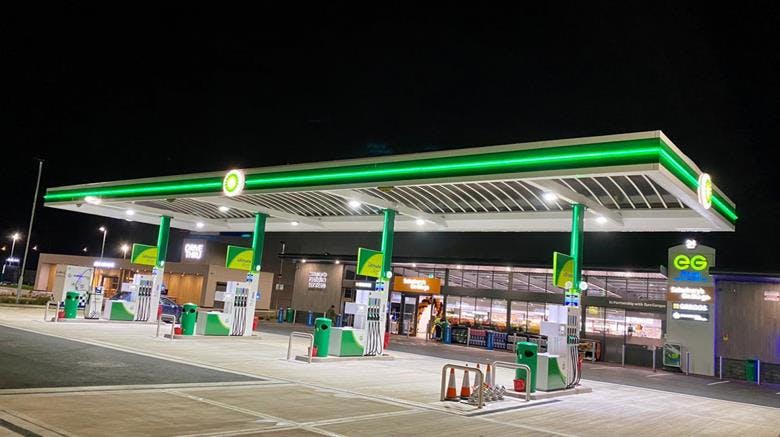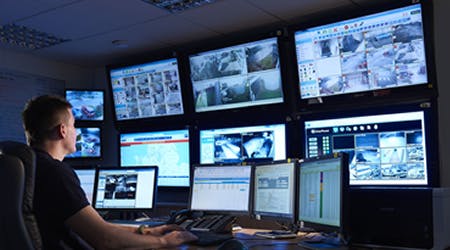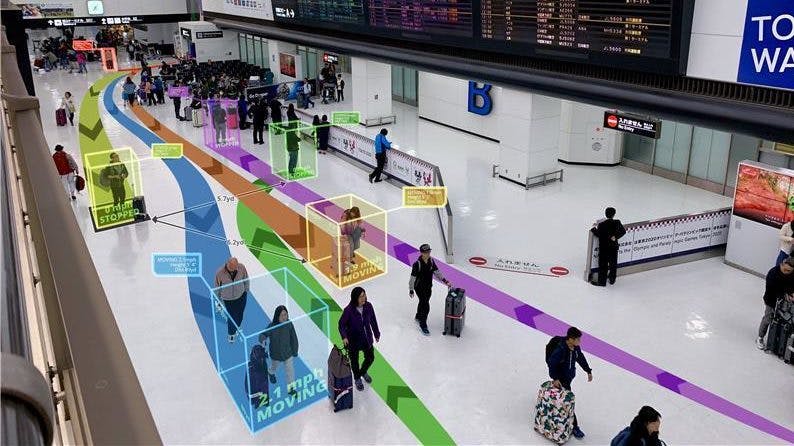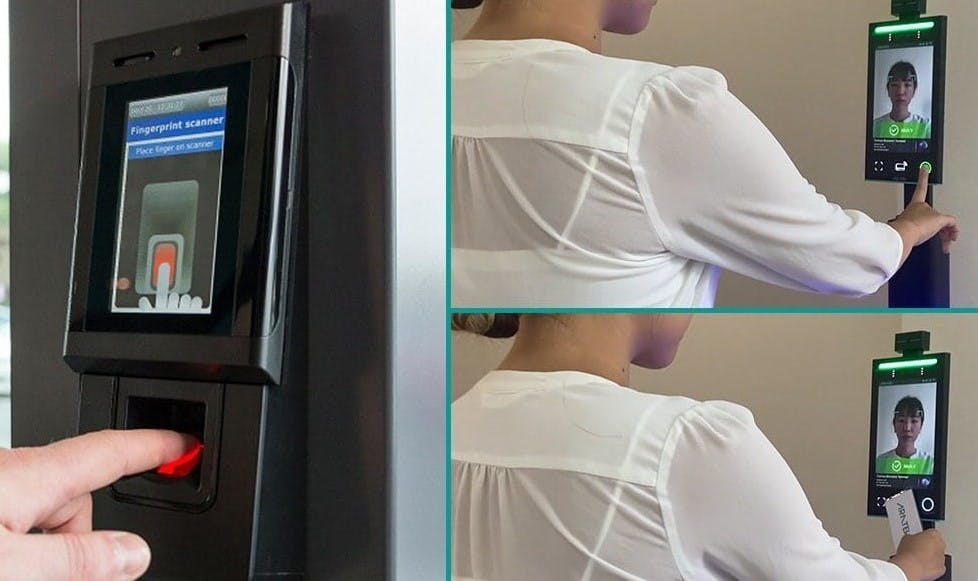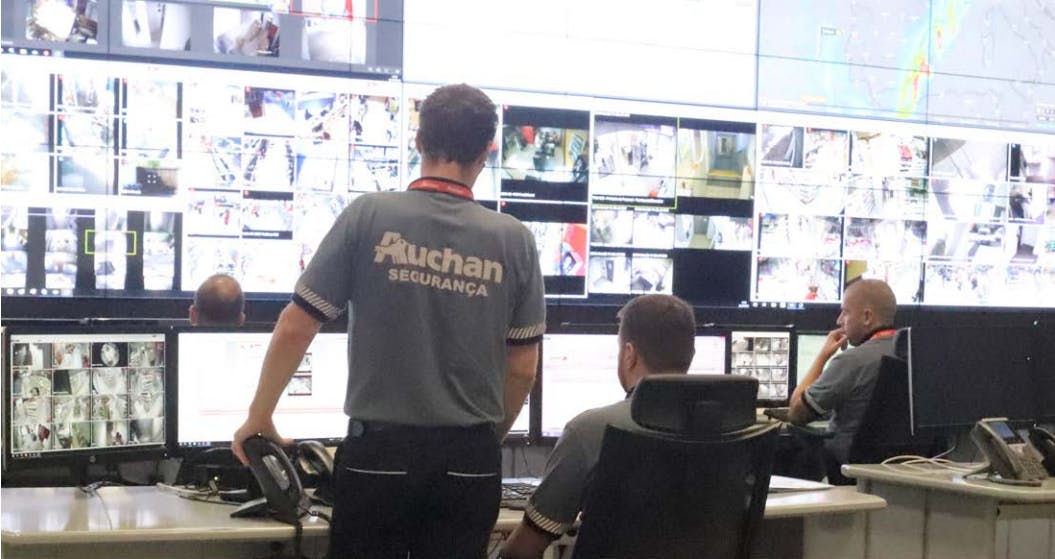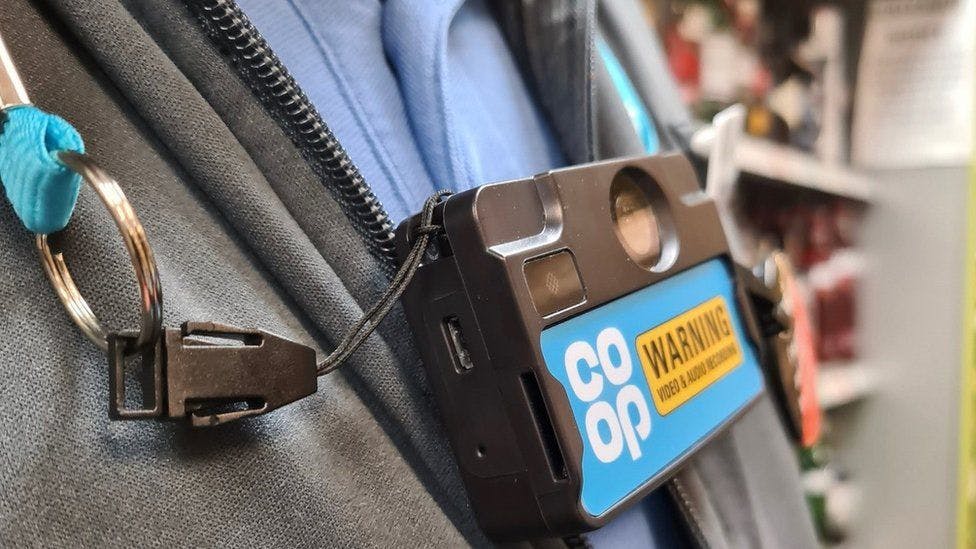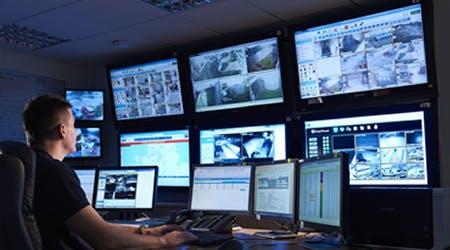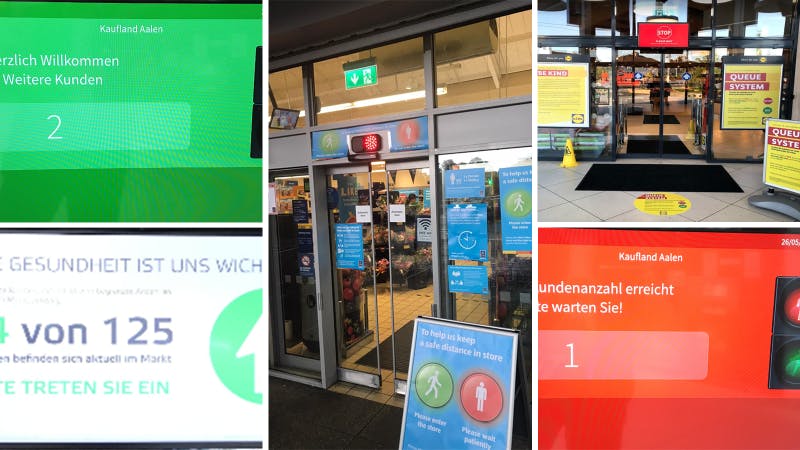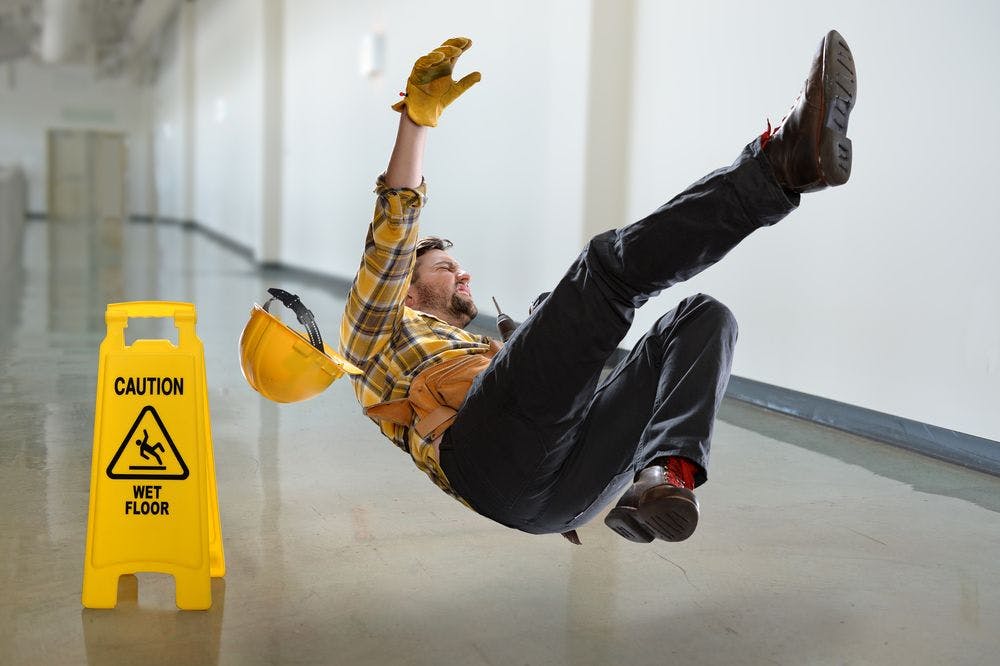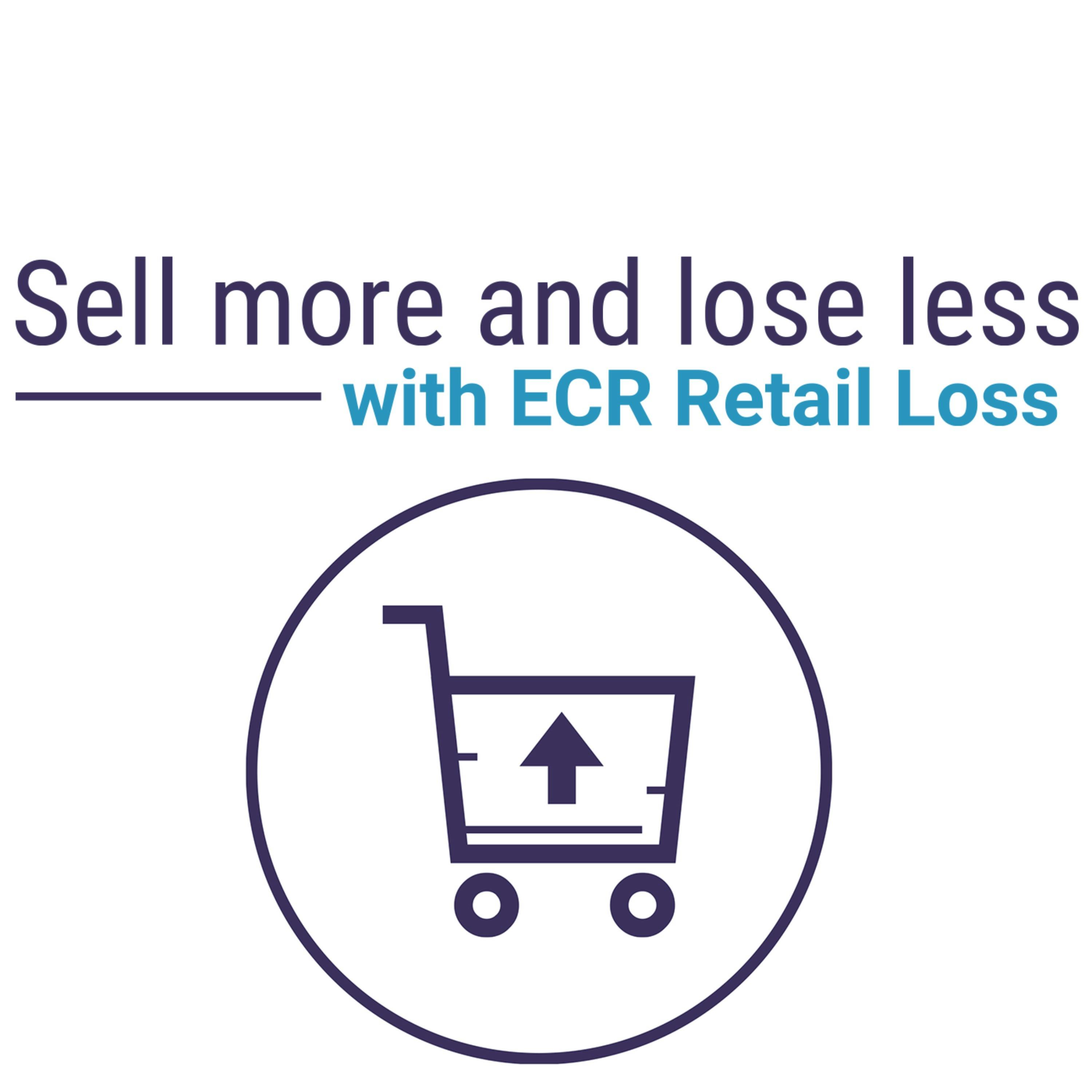Video In Retail
This Working Group is focused on helping retailers and their suppliers to better understand how recent developments in video-based technologies can enable them to reduce retail losses, better manage issues of staff and customer safety, improve the customer shopping experience, and streamline organisational processes.
Driven by a strong research programme, and actively supported by industry-leading technology developers and retail specialists, the Working Group is helping its members to navigate the rapidly developing space of video technologies in retailing, including video analytics, new forms of data storage and processing and building persuasive cross-functional business cases.
Research papers
Our research papers offer groundbreaking insights and actionable outcomes to help retailers and their partners better manage the many ways in which profits can be negatively impacted by all forms of retail loss. Produced by some of the leading academic experts in the field of retailing and loss prevention, they are all free to download.
Our Meetings
ECR Retail Loss Group regular working group meetings provide an opportunity to network with industry peers, hear updates on the latest research and sector initiatives, and development new skills and insights. All retailers, CPGs and academics can participate at no cost.
Blog Video In Retail
Podcast Video In Retail
What are video analytics in retail?
Video analytics combines real-time surveillance with advanced analytical software. It helps retailers to understand and optimise the shopping environment.
The technology provides meaningful insights about store operations, customer behaviour, and security.
Retailers leverage video analytics to monitor store traffic or customer movements, manage inventory, and boost security measures.
Using analytics to interpret streams of footage, retailers can observe and even predict consumer patterns. As a result, it can be used to improve operational efficiency.
What are the real-world applications of video in a retail environment?
In the retail sector, video analytics has a wide range of applications to enhance customer satisfaction and everyday operations.
It can help manage long queues by alerting staff when to open new registers. This cuts waiting times and improves overall customer service.
The tech allows retailers to streamline store layouts by analysing traffic flows. It can identify bottlenecks and guide the placement of high-value products.
Additionally, video analytics can flag suspicious activities, helping reduce theft and ensure a safer shopping environment.
What is computer vision in retail?
Computer vision involves using algorithms to interpret and understand visual data from the real-world environment.
It powers many aspects of video analytics: allowing a camera to identify objects and activities within its field of view.
Computer vision can differentiate between customers and staff, recognise facial expressions, and even track the direction in which someone is looking.
It provides insights into customer engagement with products and store displays. This allows data-driven decision-making to improve the shopping experience.
How is artificial intelligence changing video analytics in retail?
Artificial intelligence (AI) is revolutionising video analytics. It allows deeper insights and more proactive solutions in retail environments.
AI enhances the ability of video analytics to go beyond simply monitoring video. It helps retailers understand and react to store dynamics in real time.
It can analyse customer demographics and behaviour, enabling personalised marketing and optimised store layouts.
AI-driven systems can even recognise suspicious patterns of behaviour, and allow preemptive action to reduce losses from theft.
What’s the difference between descriptive analytics and predictive analytics?
Descriptive analytics involves analysing historical data. Retailers can look back at video streams to understand things such as daily sales trends or peak shopping times.
This form of video analytics helps retailers grasp the overall performance of their store operations.
Meanwhile, predictive analytics uses patterns found in historical and transactional data to forecast future events.
This can include making projections about future sales, customer behaviour, or potential security threats.
Predictive analytics allows retailers to be proactive rather than reactive, making informed decisions to control losses, while enhancing efficiency and profitability.
How can video analytics help improve store design?
Video analytics can significantly enhance store layouts by providing insights based on how actual customers interact within the store.
Analysing movement patterns and dwell times means retailers can identify which areas attract the most attention and where bottlenecks occur.
This information helps optimise product placement, promotional displays, and even the overall floorplan to improve customer flow and increase sales.
Video analytics can be used to test and refine store layouts based on customer response, ensuring the store environment aligns with shopper preferences.
What are the benefits of retail video intelligence?
Retail video intelligence offers numerous benefits, from enhancing customer service to boosting security.
Its real-time data on customer behaviour and store operations helps retailers make informed decisions that can control losses and improve customer satisfaction.
By monitoring for suspicious activities, it boosts security and increases overall store safety. Video intelligence enables wider benefits such as:
- Improving loss prevention/cutting shrink.
- Delivering proactive security.
- Meeting evolving consumer preferences.
- Overcoming operational challenges.
- Gaining a competitive advantage.
Improving loss prevention/cutting shrink.
Video analytics enables continuous monitoring of retail spaces. This means it plays a central role in loss prevention by tracking activities or anomalies that lead to shrinkage.
Through sophisticated algorithms, these systems can instantly alert staff about potential thefts or stock discrepancies, allowing for swift intervention.
And, by analysing patterns over time, video analytics can identify weaknesses in current security measures.
It can help guide the deployment of more effective strategies and technologies to control or reduce losses.
Delivering proactive security.
Proactive security in retail is about anticipating and preventing incidents before they happen.
Video analytics contribute significantly to this proactive approach by using AI to monitor real-time video feeds for unusual behaviour.
This alerts security personnel so they can diffuse situations before they escalate, ensuring a safer environment for both customers and staff.
When integrated with other security systems, like alarms and access controls, video analytics can deliver a comprehensive security solution.
Meeting evolving consumer preferences.
Customer preferences are always changing. Video analytics help retailers to keep pace with them by providing insights into how shoppers engage with the store environment.
As a result, retailers can tailor their offerings to meet new needs and preferences better. This can help build customer loyalty, sales and profits.
Analytics can help ensure that employees are available at the right times and places to assist customers, further enhancing the shopping experience.
Overcoming operational challenges.
Retailers face numerous operational challenges, from inventory management and controlling out of stocks, to optimising staffing efficiency.
Video analytics helps address these issues by providing data-driven insights that streamline operations and improve resource allocation.
It can predict peak shopping times, enabling optimal work rotas and staff allocation to improve service while keeping labour costs under control.
Video insights can help manage inventory more effectively, by ensuring that popular items are well-stocked, optimally placed and readily available to customers.
Gaining a competitive advantage.
In the highly competitive retail market, video analytics can provide a crucial edge. It helps stores to optimise their operations and customer service.
The tech helps retailers understand and anticipate customer needs and behaviours, allowing them to offer a superior shopping experience.
Additionally, the insights gained from video analytics can drive innovation in product offerings and marketing strategies, further distinguishing a retailer from its competitors.
What are the challenges to introducing video analytics?
Introducing video analytics into retail environments comes with its unique set of challenges.
Installing and maintaining cutting-edge equipment demands a significant investment. While staff need to be well-trained to get the best out of that hardware and software.
The use of video data raises privacy issues. These need careful consideration in line with data protection regulations and best practices.
Despite these challenges, video analytics is seen as an increasingly valuable tool for modern retailing.
And here at ECR Retail Loss, we will continue to provide up-to-date research and the best advice on how to integrate it into your day-to-day operations.
Main office
ECR Community a.s.b.l
Upcoming Meetings
Join Our Mailing List
Subscribe© 2023 ECR Retails Loss. All Rights Reserved|Privacy Policy

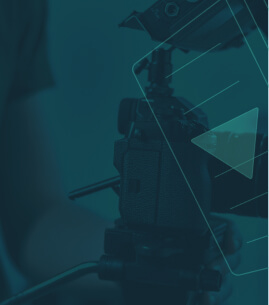
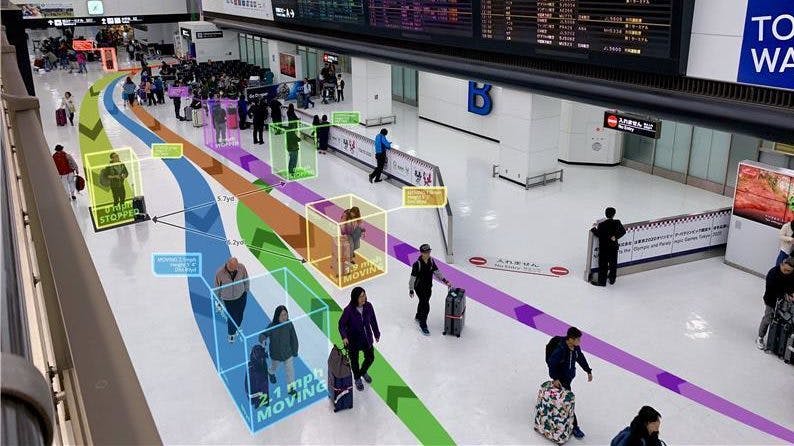

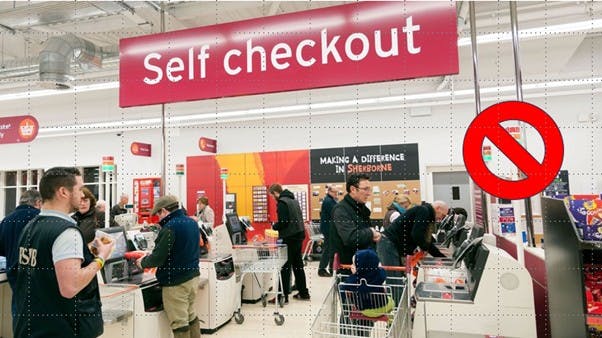
![NEW RESEARCH: Three Key Takeaways from New Retail Security Operations Centres [SOC] Survey](https://images.prismic.io/ecr-group-staging/ZkZh4yol0Zci9OMi_v26.png?ixlib=gatsbyFP&auto=format%2Ccompress&fit=max&w=980&h=660)



